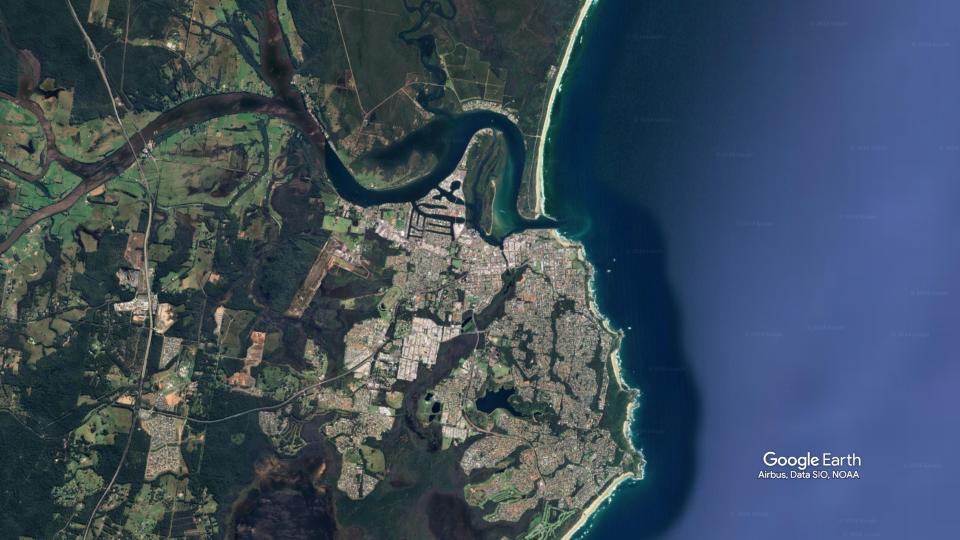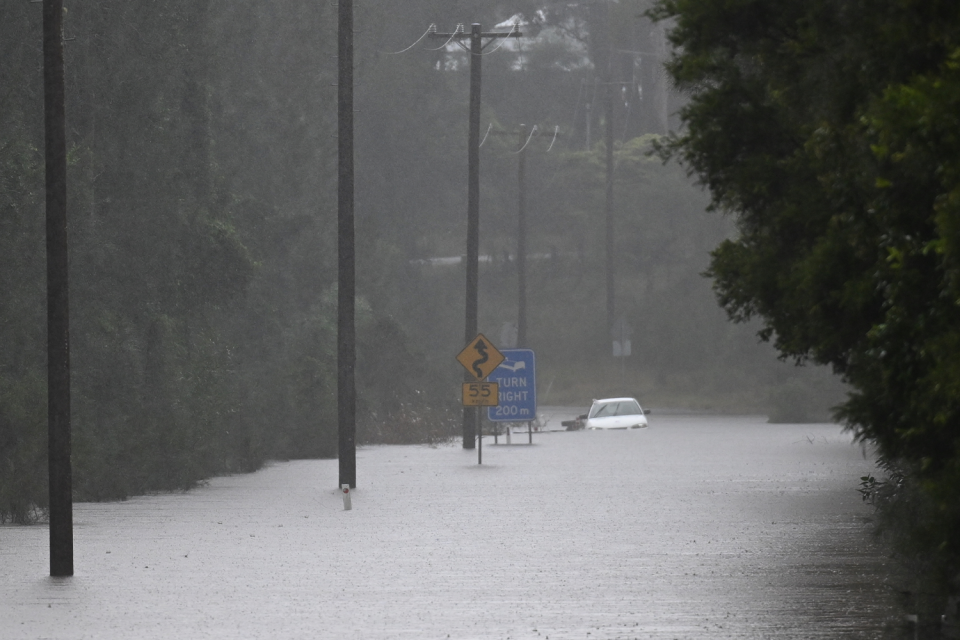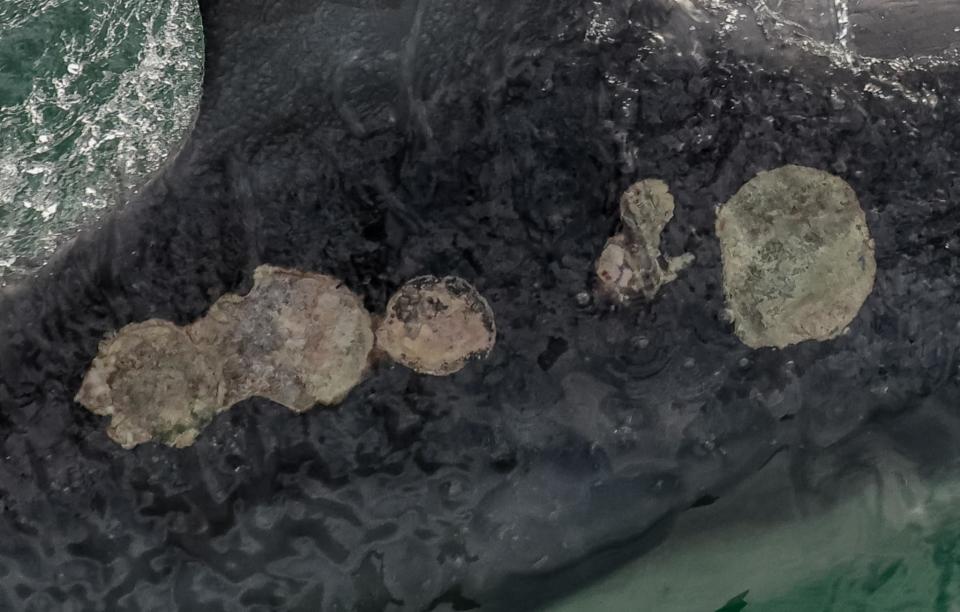Pictures of a dolphin with “strange markings” swimming near a popular Australian tourist beach have sparked concern. And experts believe that two factors caused his problem:
The string of four large white spots on his skin was first noticed by a woman who regularly watches the bush that lives near Port Macquarie on the NSW Mid-North Coast. Jody Lowe, who photographed the animal on Friday, believes the signs appeared quickly.
“These strange symptoms only appeared in the last week,” he said. However, heavy rains since then have affected the water quality, and some experts believe that this may be the cause of the animal’s condition.
This isn’t the first surprising find Lowe, a regular in the area, has made. In an unrelated discovery, he photographed a whale in June with unusual features that baffled experts.
How location hurts dolphins
Those familiar with dolphin diseases believe that the animal in Lowe’s photos was likely suffering from a freshwater-related illness. And Port Macquarie dolphins are known to frequent the nearby Hastings and Camden Haven rivers.
Based on an evaluation of the photo, citation researcher Dr. Mike Bossley believes the dolphin is likely suffering from saltwater skin disease, a type of ulcerative dermatitis.
“This happens when dolphins experience a decrease in salinity in coastal lakes. The same thing happened in the Gippsland lakes and the Swan Canning River,” he told Yahoo News.
Contacted: Seven scary reasons it might be time to leave Australia – from floods to fungus

How dolphin skin disease develops
A 2020 scientific report in the journal Nature described it as “an emerging clinical and pathological phenomenon in coastal cetaceans worldwide.”
The report’s author, Dr Keith Robb, director of the Marine Mammal Foundation, said the injuries in the images were not exactly the same as those seen first-hand in Gippsland lakes, but that was to be expected.
“The disease usually starts with small pin-sized black sores that can then ulcerate and develop into secondary bacterial and fungal infections,” he told Yahoo News.
“It’s not unexpected that they look different because secondary infections are based on the environment the animals live in. But they do cause circular lesions.”

How weather makes dolphins sick
A dolphin’s skin is its first line of defense against its environment. And when it comes to oceanic species, they have evolved to live in salty conditions.
“If we sat in a salt bath for a really long time, our skin would start to break down,” Robb said.
“Dolphins are used to a high level of salinity. Therefore, when you put them in fresh water, when it reaches 10 parts per thousand, their skin begins to deteriorate.
“It creates open sores and then they can get secondary infections. It can break down the entire skin and look like a third-degree burn.”

Two weeks ago there was a flash flood in NSW with heavy rain. And Robb has previously noted that dolphins exposed to sudden changes in water conditions can develop symptoms “very quickly.”
“When there’s a big burst of fresh water in the system that the dolphins are used to, they don’t necessarily know how to get out – because it’s their home, they’re not going to leave,” he said.
“I would say it’s a disease that can happen. But I’ve seen animals in worse conditions survive.”
Love Australia’s weird and wonderful environment? Our take new bulletin Show the best stories of the week.

#Fear #emerging #disease #dolphins #swimming #tourist #beach